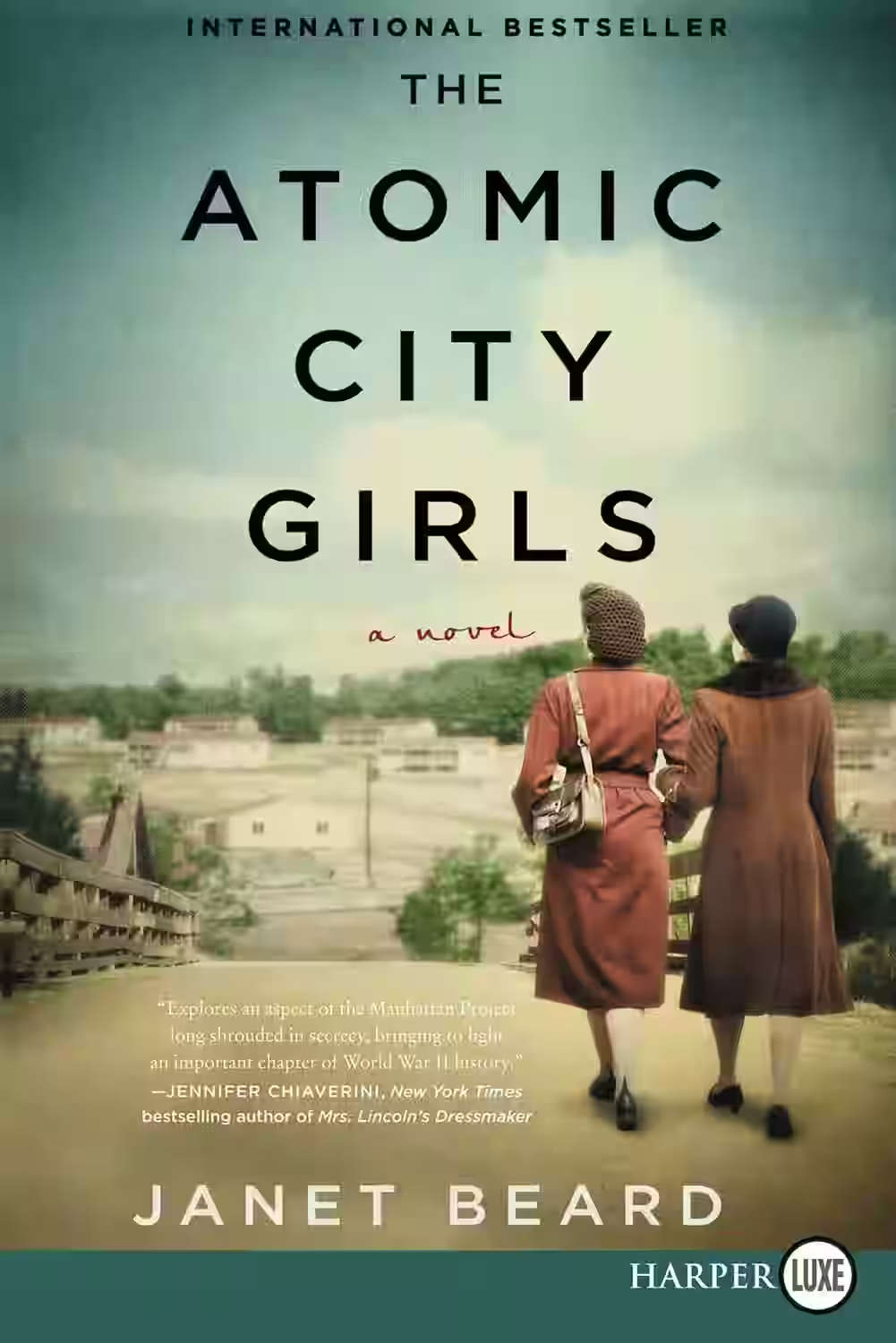
Janet Beard's 'The Atomic City Girls' delves into the immense historical canvas of World War II, set in the secretive, government-run town of Oak Ridge, Tennessee. The novel captures the intertwined fates of its diverse characters brought together by the exigencies of war and the secretive atomic bomb project. At the heart of the narrative is June Walker, a young woman whose life drastically shifts as she becomes part of a monumental wartime endeavor. Beard artfully explores themes of sacrifice, secrecy, and the moral complexities of scientific advancement. The novel not only portrays the personal struggles and relationships of its characters but also illuminates the broader social dynamics of the era, including gender and race. Beard’s engrossing narrative and vivid historical details make 'The Atomic City Girls' a compelling read that enriches our understanding of a pivotal moment in history.
About Janet Beard
Janet Beard is an acclaimed American author celebrated for her captivating historical fiction that poignantly brings to life diverse periods in American history. Born in East Tennessee, Beard grew up surrounded by the Appalachian culture that would later deeply influence her writing. She received her education from NYU's Tisch School of the Arts, where she honed her storytelling craft. Her most notable work, "The Atomic City Girls," illuminates the untold stories of women working in Oak Ridge, Tennessee, during World War II, earning her critical acclaim for its vivid portrayal and rich historical texture. Through her meticulously researched narratives and compelling characters, Beard has made a significant impact on contemporary literature, drawing attention to the nuanced experiences of women in historically significant eras. Her works continue to resonate with readers and contribute to a deeper understanding of America’s past, while also inviting reflection on present-day issues.
Similar Books
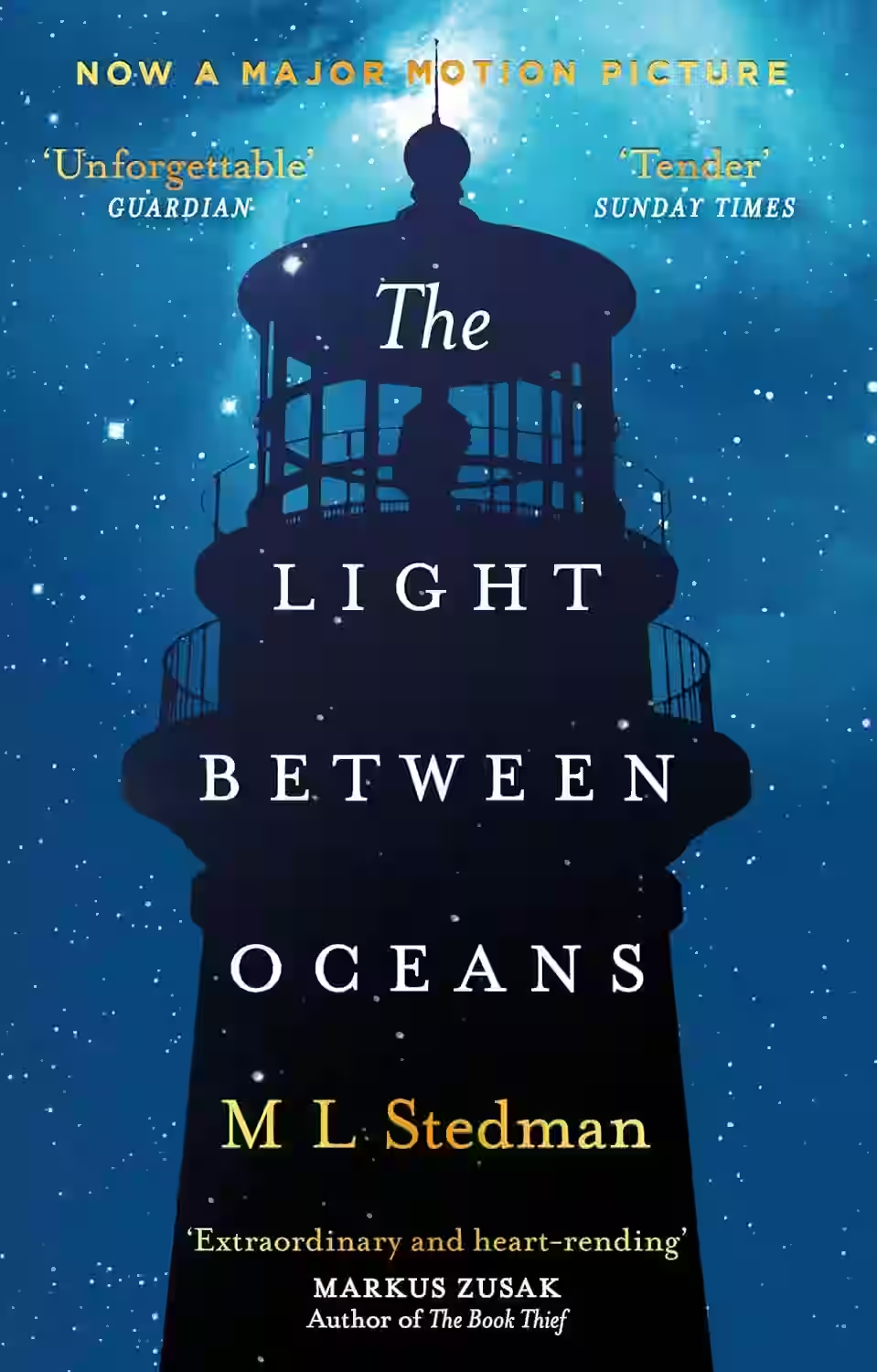
The Light Between Oceans
Set on a remote Australian island after World War I, The Light Between Oceans follows lighthouse keeper Tom Sherbourne and his wife Isabel, who discover a baby adrift in a boat and decide to raise her as their own. Years later, they face moral dilemmas when they learn about the child's biological mother. Stedman's debut novel explores themes of love, loss, and the consequences of choices, painting a poignant portrait of human resilience and the complexities of right and wrong.
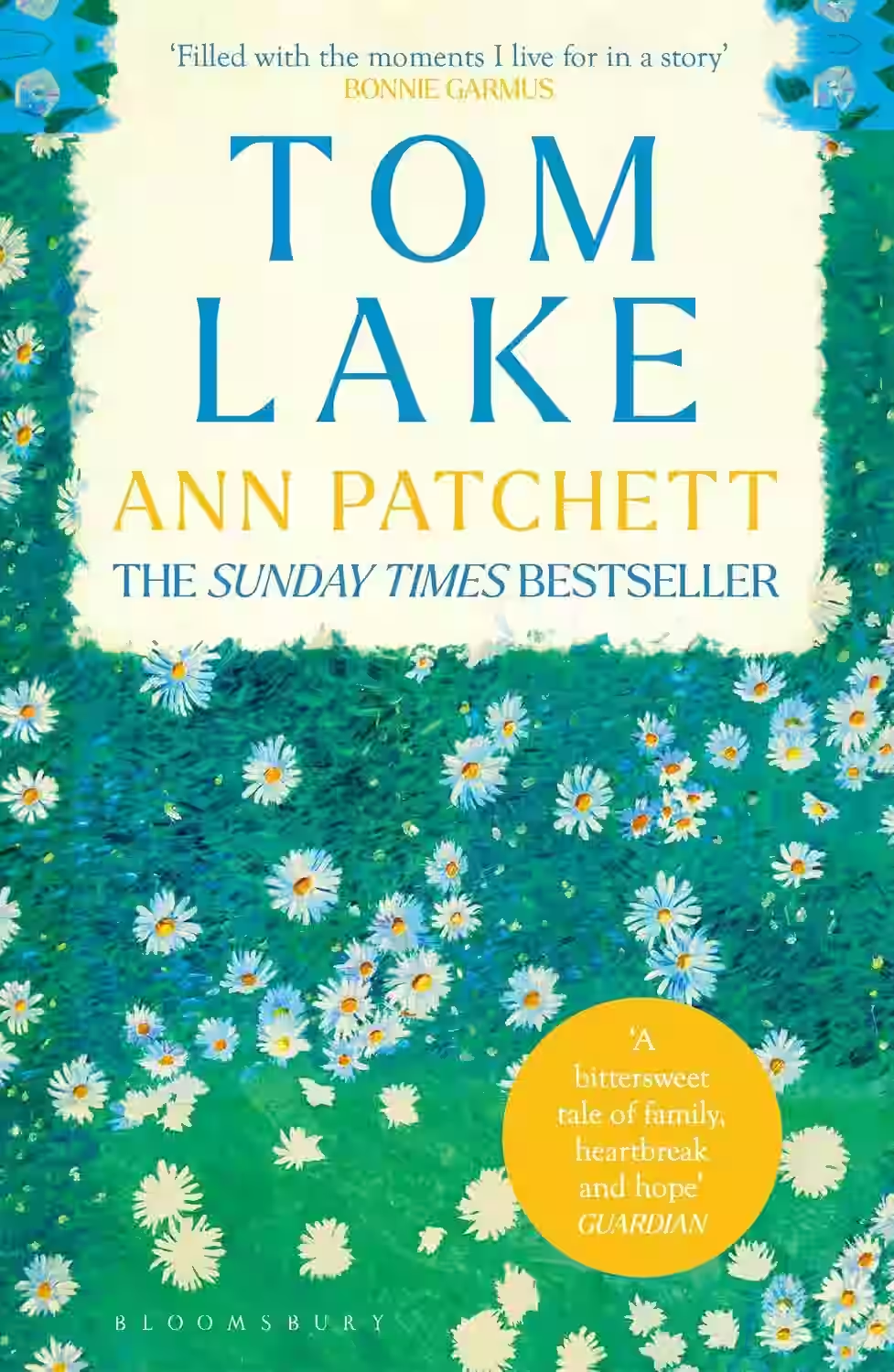
Tom Lake
by Ann Patchett
Set against the backdrop of a Michigan cherry orchard during the COVID-19 pandemic, Tom Lake follows Lara as she recounts her youthful romance with a now-famous actor to her three grown daughters. As they harvest fruit, the story weaves past and present, exploring the choices we make, the roads not taken, and the meaning of a life well-lived. Ann Patchett’s luminous novel is a meditation on motherhood, storytelling, and the quiet beauty of ordinary life. Richly atmospheric and emotionally resonant, Tom Lake invites readers to consider how love, memory, and time shape us.
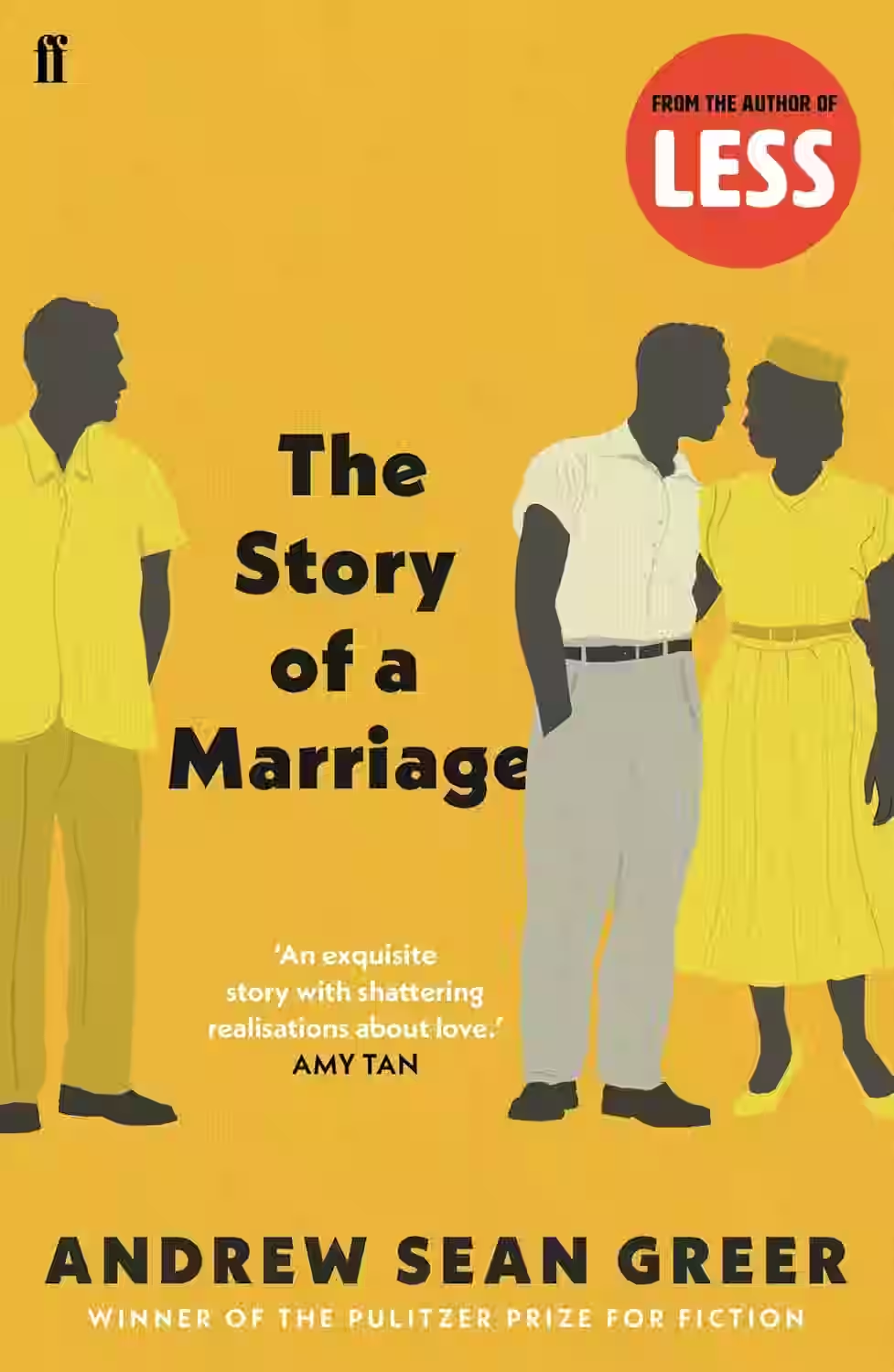
The Story of a Marriage
Set against the backdrop of 1950s San Francisco, 'The Story of a Marriage' by Andrew Sean Greer intricately weaves a narrative exploring the complexities of love, trust, and the pursuit of happiness. The novel is centered around Pearlie Cook, a quiet and dutiful wife managing a fragile domestic life. As secrets unravel, Pearlie is faced with choices that challenge her understanding of fidelity and truth in her marriage. Greer masterfully crafts a poignant exploration of personal and societal expectations, as well as the sacrifices made for love. The story's emotional depth, combined with Greer's evocative prose, makes it a compelling read that resonates with timeless themes of human connection and resilience.
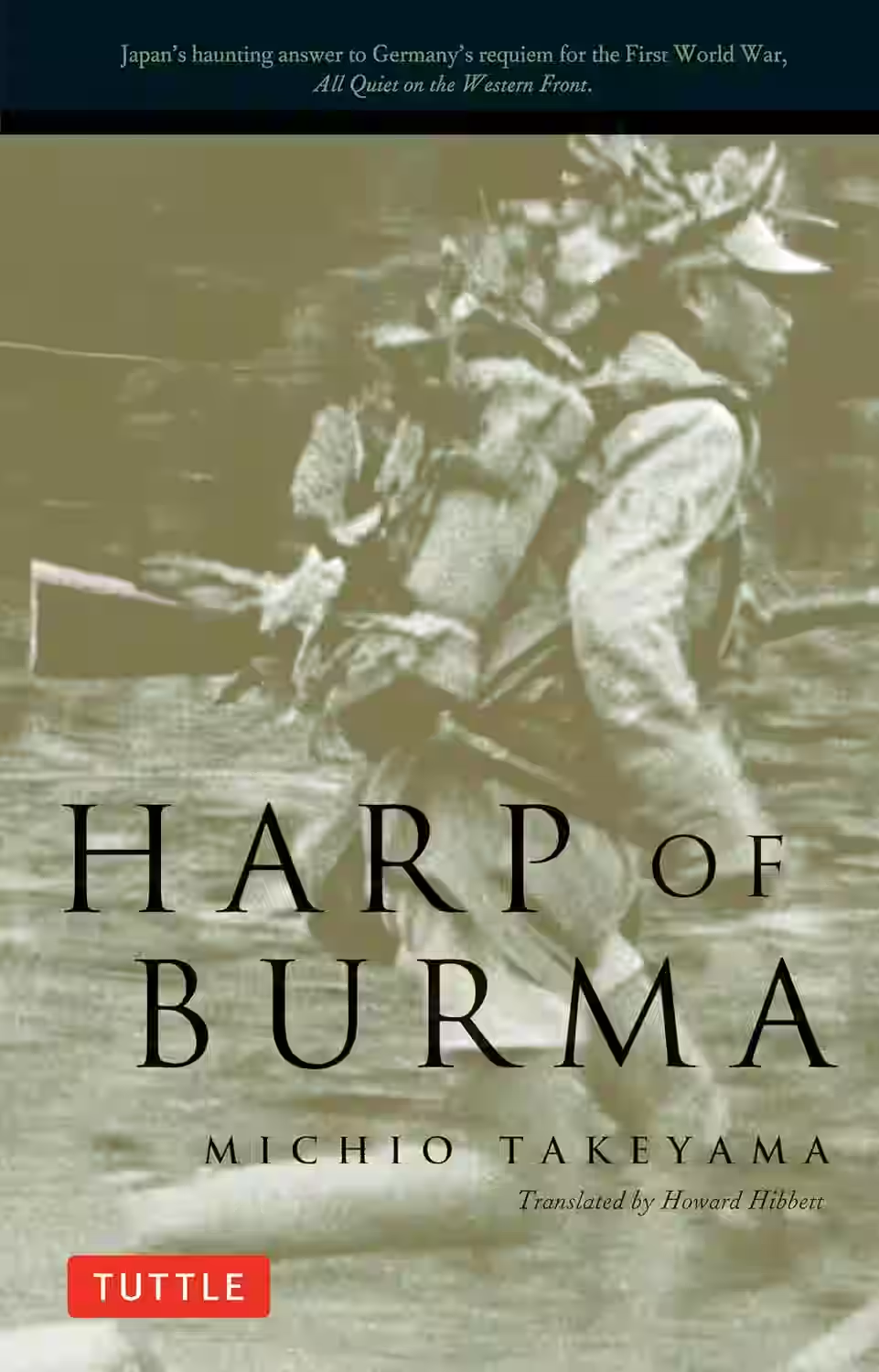
Harp of Burma
Harp of Burma, a poignant Japanese classic by Michio Takeyama, follows a group of soldiers struggling through Japan’s doomed WWII campaign in Burma. Facing not only enemy fire but also an unfamiliar land, homesickness, and the futility of war, the young men find solace in music. Their commander’s songs lift spirits and revive their will to live amid inevitable defeat. A meditation on loss, humanity, and the costs of war, the novel earned the Mainichi Shuppan Bunkasho prize and inspired Ichikawa Kon’s acclaimed film The Burmese Harp. It remains Japan’s powerful response to All Quiet on the Western Front.